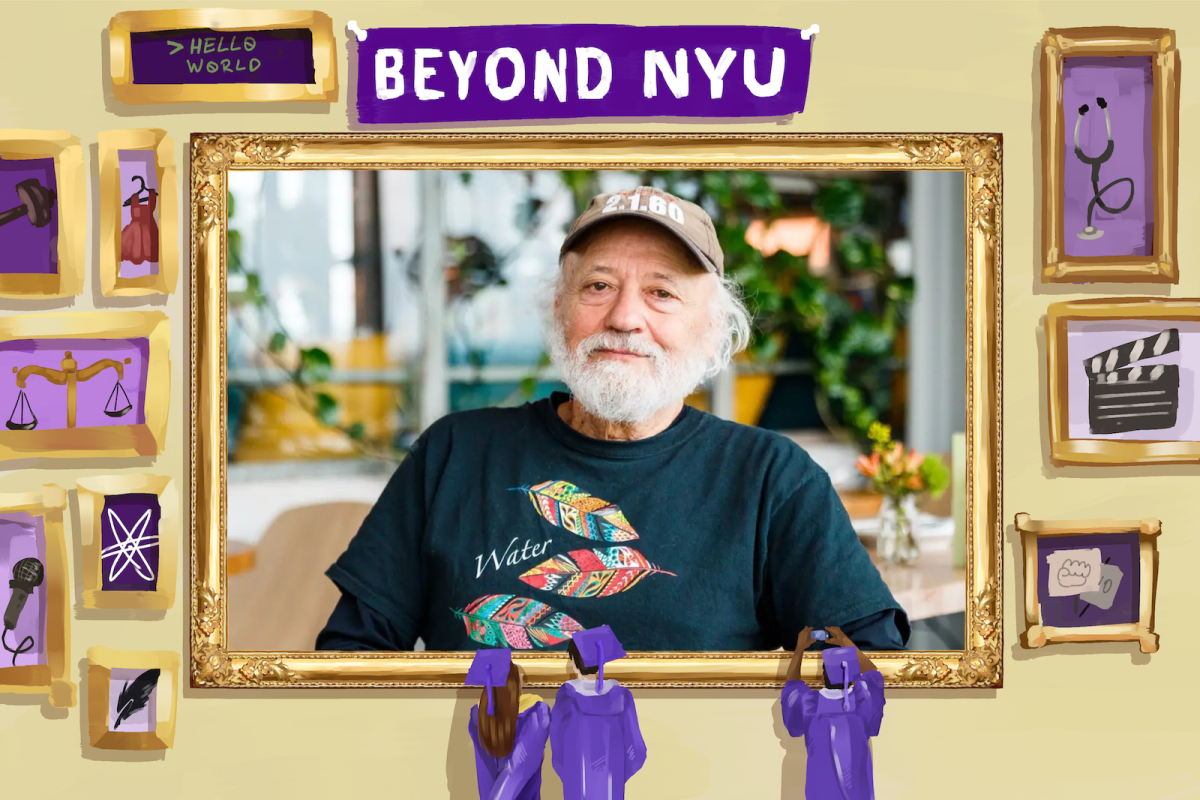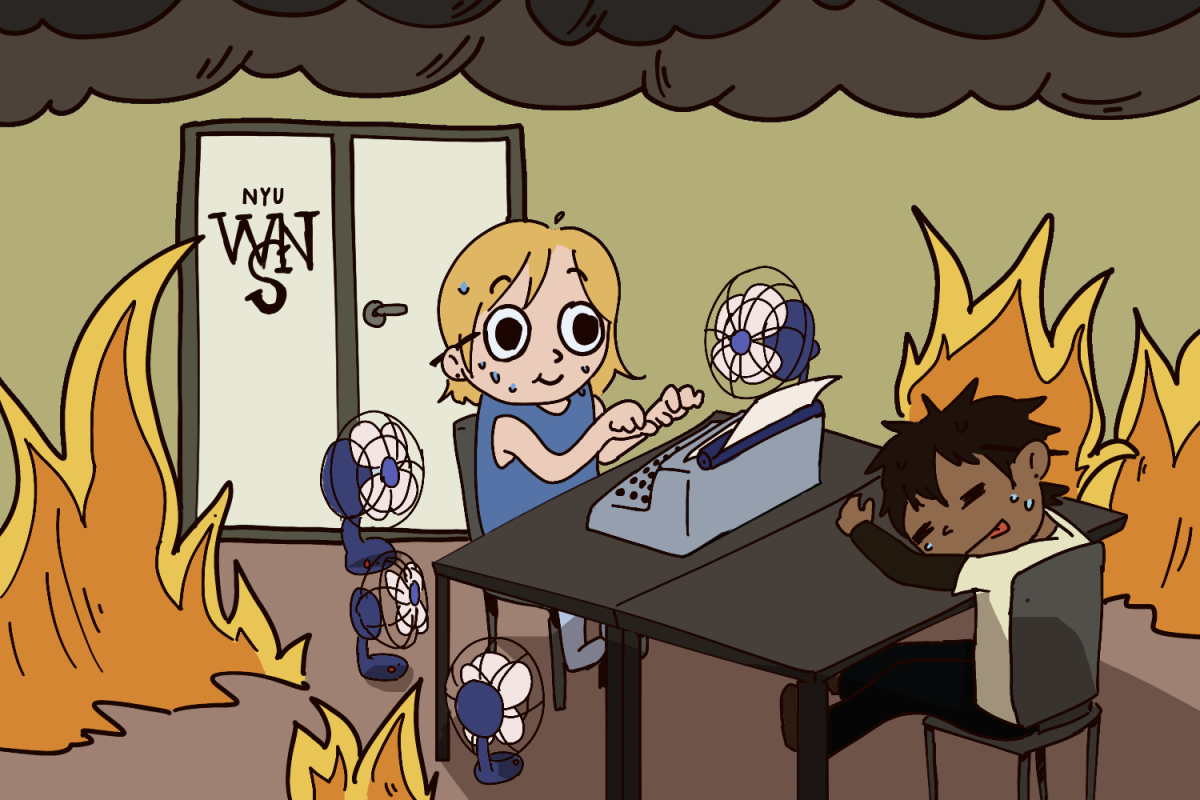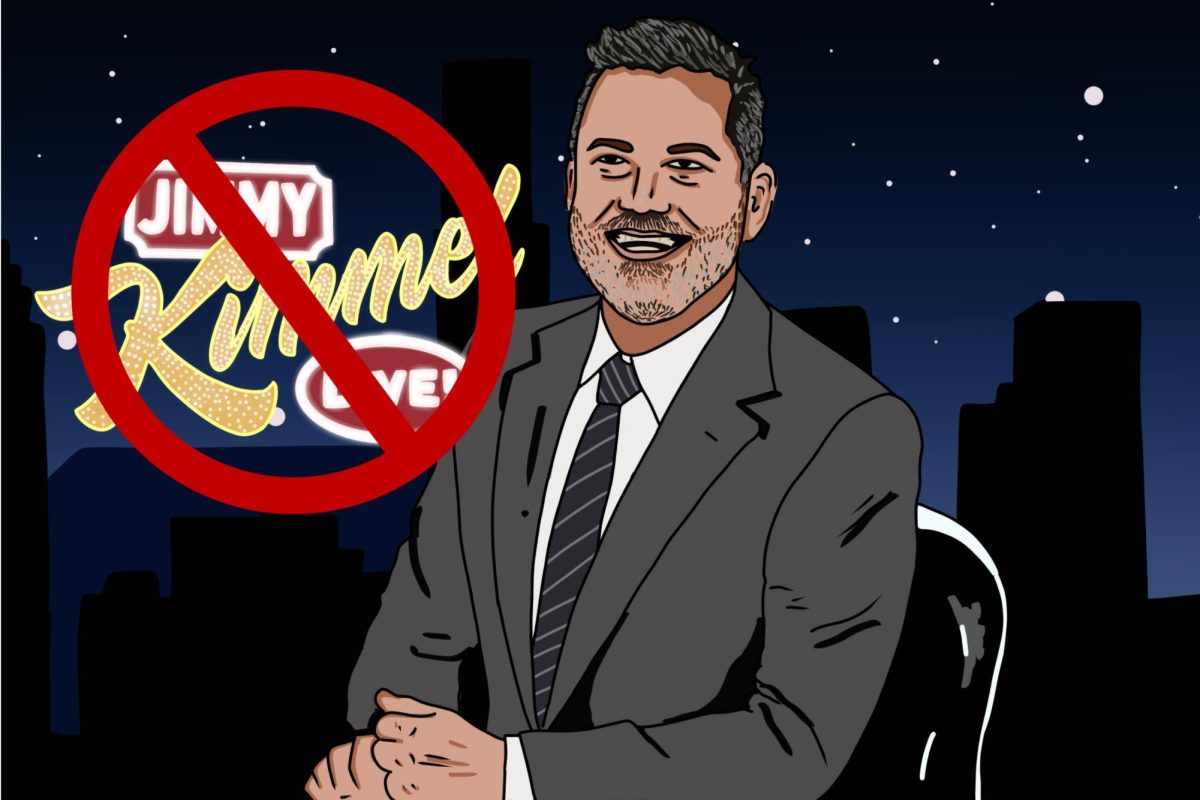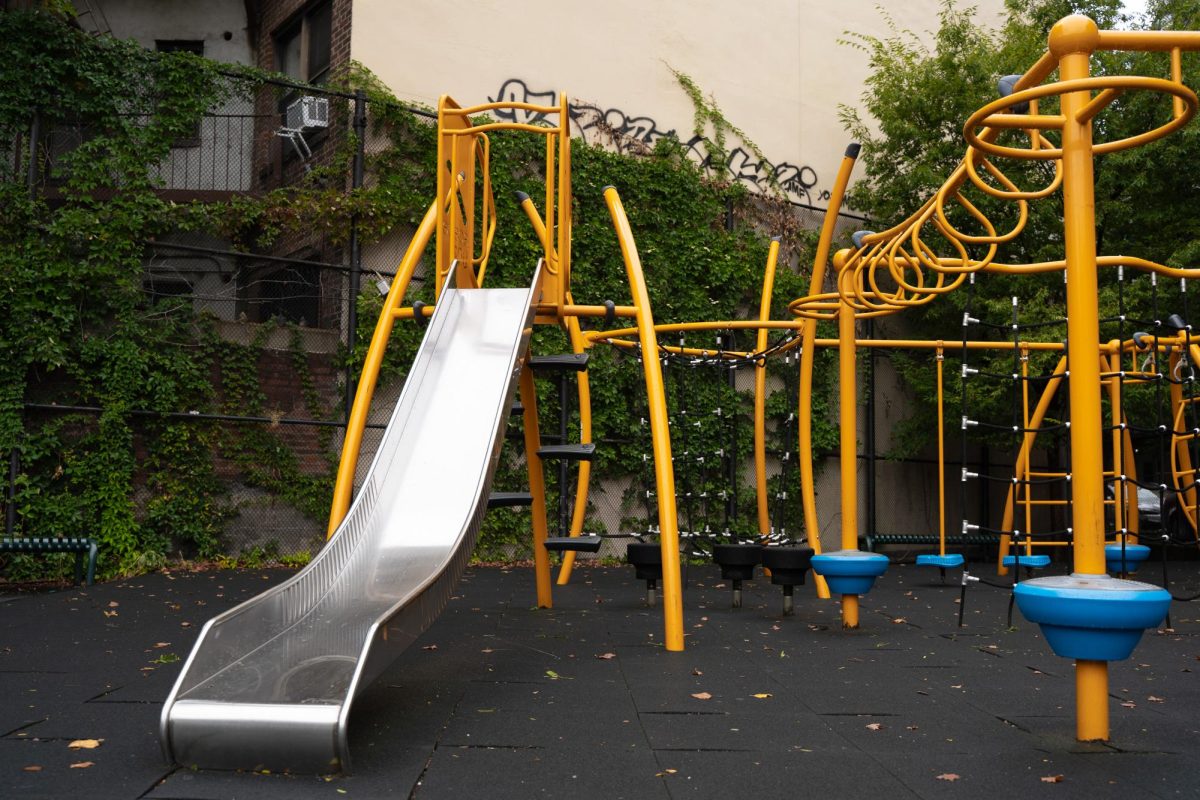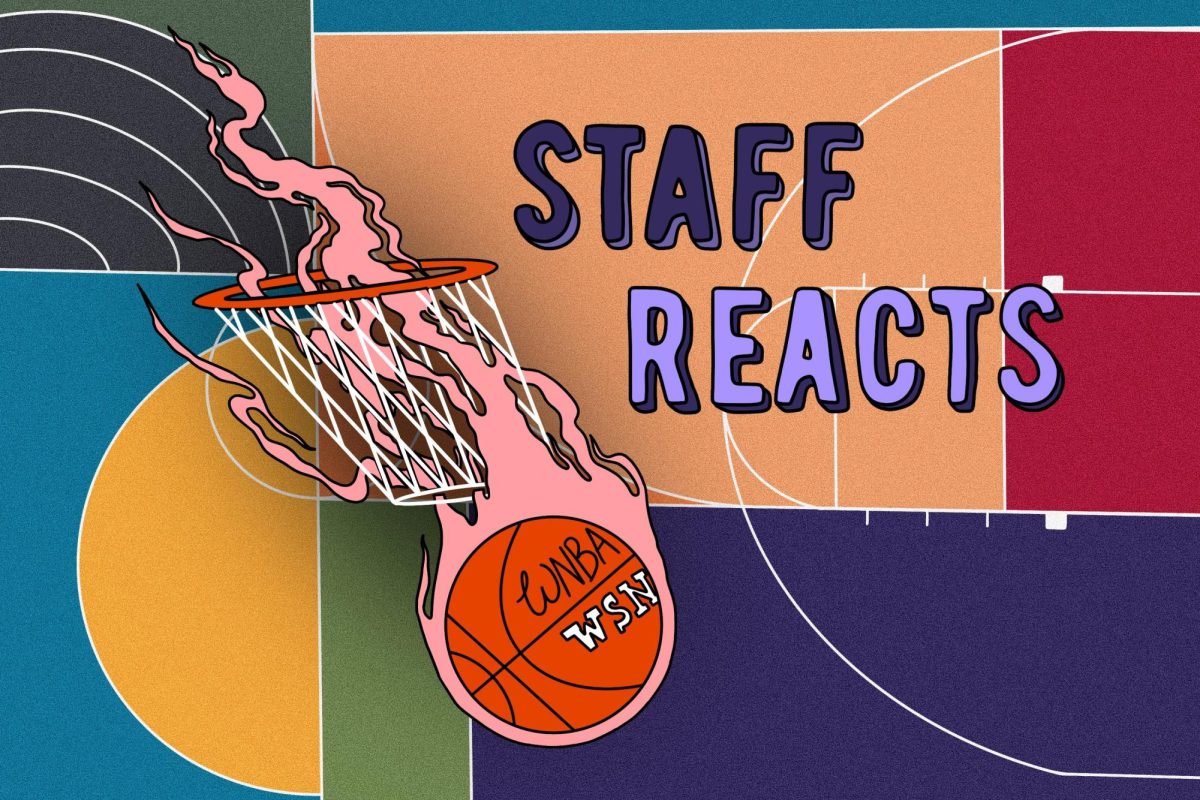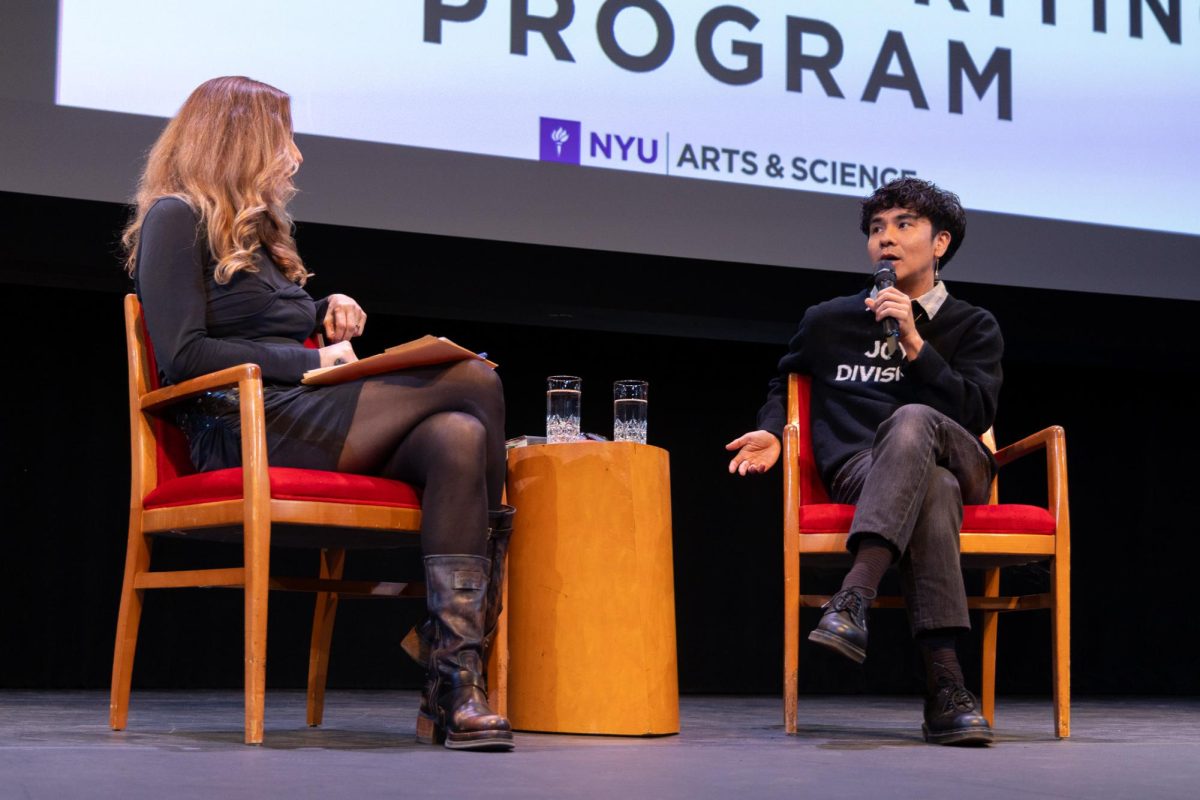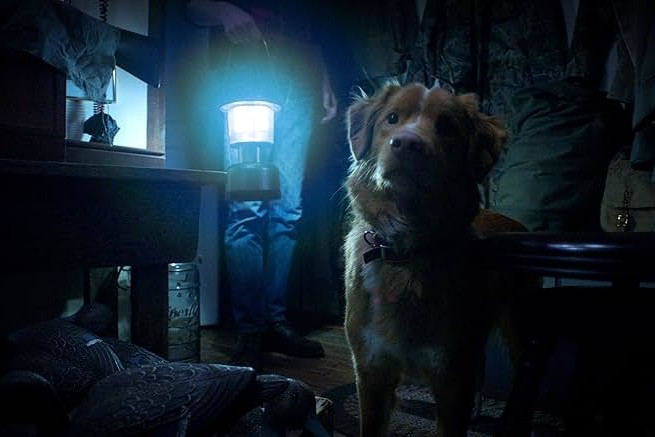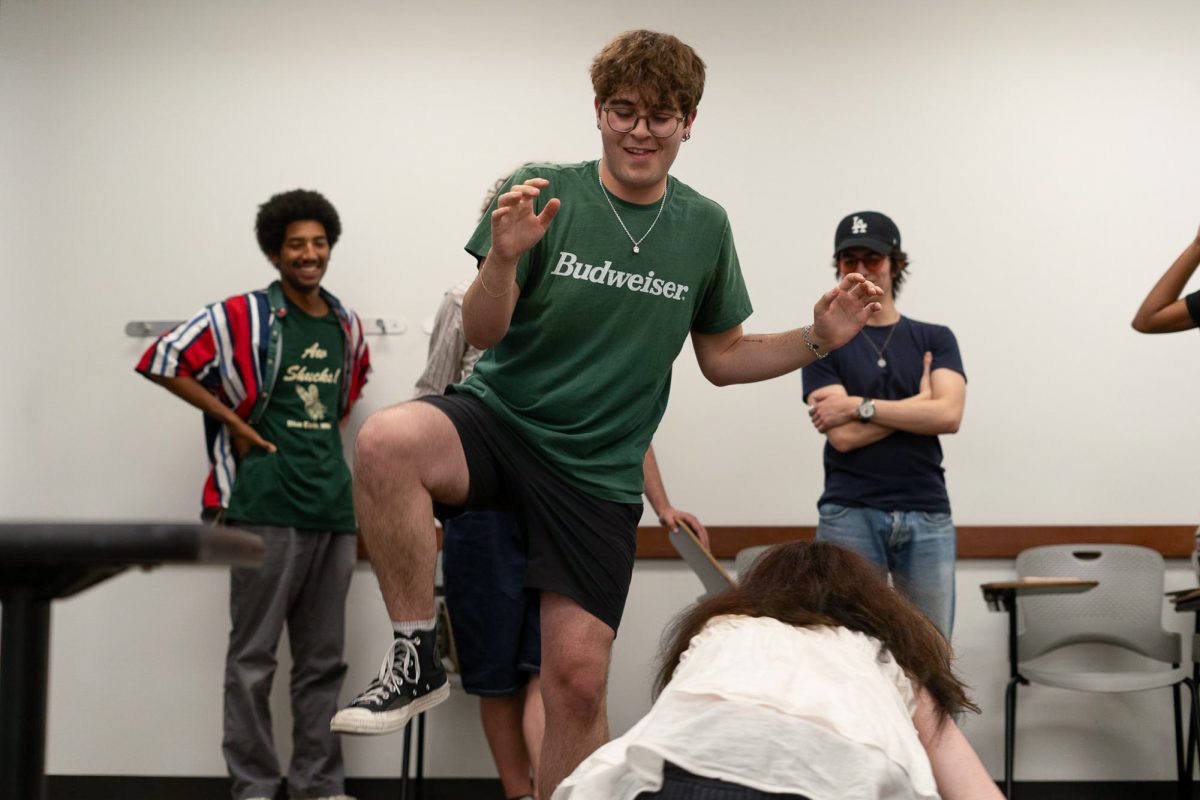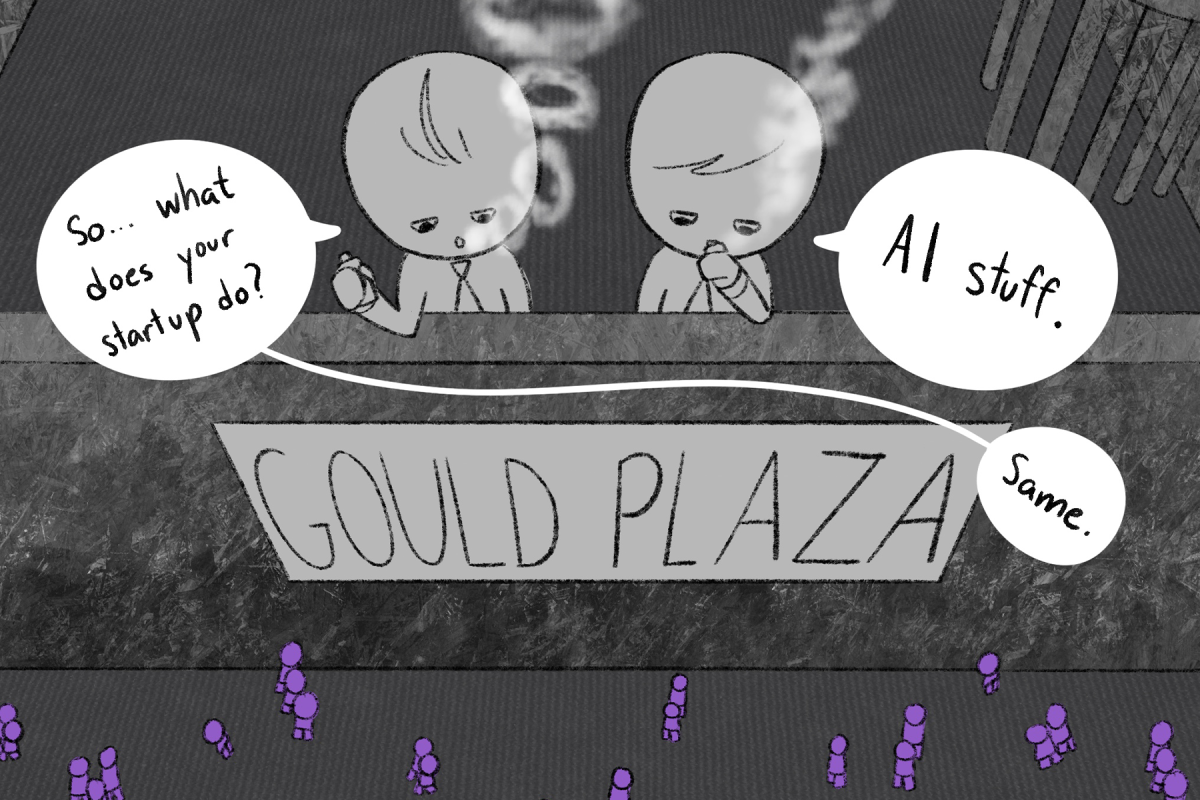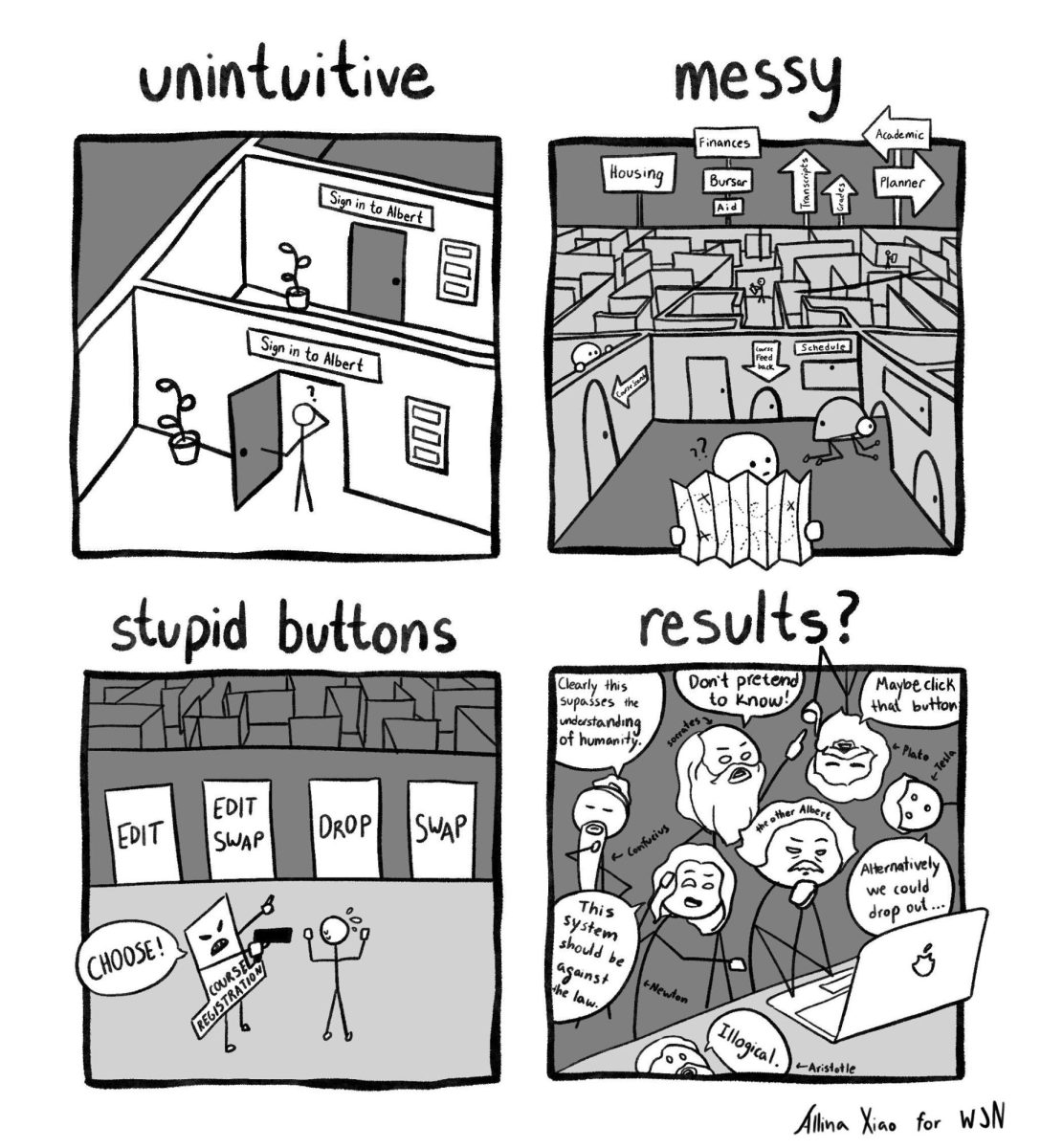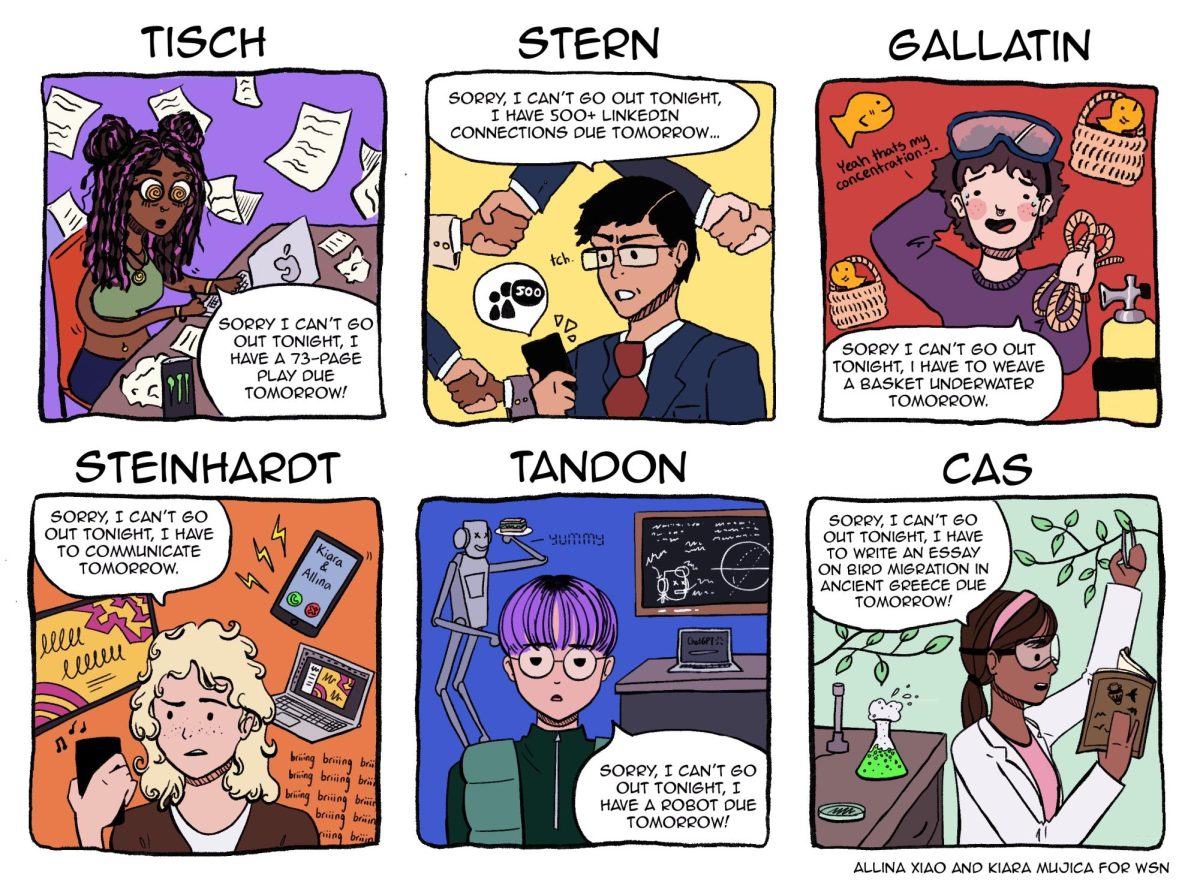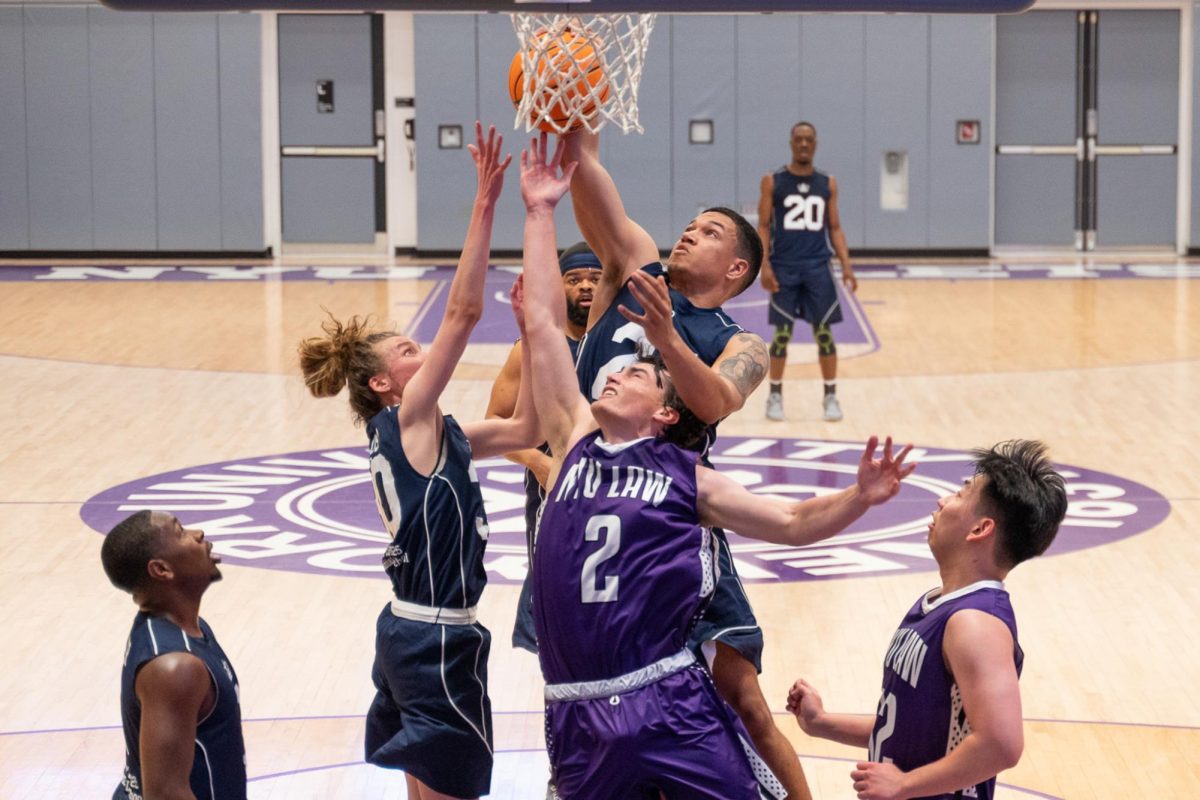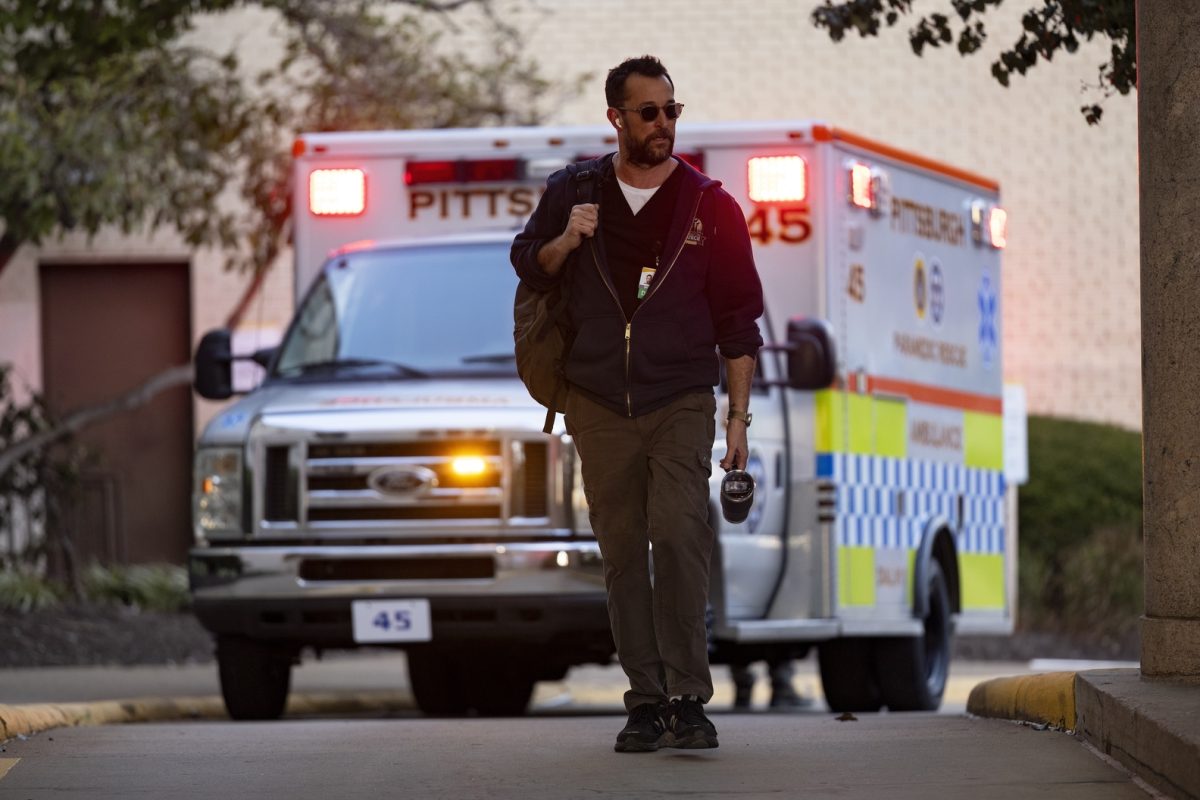Fifteen hours of pure, unadulterated chaos — that’s the roller coaster that MAX’s new medical drama “The Pitt” takes you on in season one. Each episode chronicles one hour of a shift in the emergency room department of a Pittsburgh trauma center. There are seasoned attendings, uptight administrative officials, moon-eyed interns and battle-worn charge nurses all working in an intricate dance to save lives and not kill each other in the process.
Dr. Michael “Robby” Robinavitch is played by TV doctor expert Noah Wyle, whose 15-year stint on “ER” as John Carter earned him five Emmy nominations. Dr. Robby is a seasoned attending physician who, in between teaching interns how to insert a chest tube and placating his superiors about patient satisfaction scores, is struggling with PTSD from COVID-19 and grieving the loss of his mentor. Wyle’s return to the medical entertainment field — and as executive producer — stemmed from his urge to accurately and realistically portray the immense difficulty health care workers face.
“These people sacrifice so much in the service of others that I find it absolutely infuriating that their expertise is being called into question,” Wyle told Variety. He went on to express a similar frustration with anti-vaccine discourse, saying that he “wanted to make a show that brings back into sharp focus what an objective medical fact is.”
Where “The Pitt” differs from the hundreds of other medical dramas is that it is doctor-focused. The audience is intertwined with each doctor’s experience in the field rather than a patient’s intricate medical history. The ensemble cast, as opposed to the production value, is where the show shines — the lighting is harsh and fluorescent, and the soundtrack is quiet. The team of doctors, nurses and interns seemingly coexist in complete mayhem comfortably. Dana (Katherine LaNasa) is the badass mama nurse who shrugs off a patient’s punch like it’s nothing, while Dennis Whitaker (Gerran Howell) is the timid farm boy intern who has perpetual bad luck with bodily fluids. Trinity Santos (Isa Briones) is the egotistical, sassy first-year medical student whose ambition scares others off and who spars constantly with Dr. Langdon (Patrick Ball), the energetic protege of the department, always circling for the most difficult cases.
The experience is immersive and nothing like the typical pristine hot doctor scene that has been done thousands of times before. The patients and cases are overlapped on top of each other throughout the episodes, with a perpetually full waiting room despite the staff never having a free moment. There are large-scale medical disasters bookended by a woman with a cockroach stuck in her ear and a man with a crushed finger. Dr. Robby tells a parent that their son is brain-dead from a fentanyl overdose, and then turns around and greets the next patient with a smile. It’s abrupt and quick and completely accurate. There are no magnificent highs — only lives saved and more people who need help.
It’s not a secret that the American health care system is struggling, but “The Pitt” puts all of those issues on display in front of an audience that feels as though they’re facing the roadblocks with the doctors. After spending the majority of an episode pushing your way through the waiting room — what the staff refers to as “chairs” — having the chief medical officer badger Dr. Robby about patient satisfaction aggravates the viewer just as much as it does him. He’s dealing with flashbacks of intubated patients and full-body protective gear while trying to tell a family their child is brain-dead. Dana is doing her best to advocate for every patient and then gets punched by one on her break. Dr. Mel King (Taylor Dearden) struggles to comprehend why a family will not consent to a spinal tap for curable measles after spending the majority of the afternoon dealing with shooting victims. It’s easy to get caught up in the drama, until you remember that these are actual issues that doctors and nurses battle every day.
“The Pitt” gained notoriety for its accuracy, and stayed popular for its quality. Emergency medicine doctors can watch the show and not get peeved by an inaccurate medical fact, while the general public can watch the show and still be swept up in the ensemble’s intricate relationships, forming one giant dysfunctional family. And above all, after every episode, you find yourself realizing: This is all the same shift.
Contact Julia Diorio at [email protected].





























